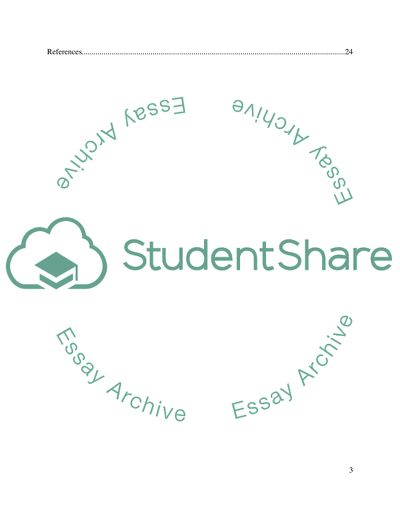Cite this document
(“International Tourism Marketing Essay Example | Topics and Well Written Essays - 4000 words”, n.d.)
Retrieved from https://studentshare.org/tourism/1398799-international-tourism-marketing
Retrieved from https://studentshare.org/tourism/1398799-international-tourism-marketing
(International Tourism Marketing Essay Example | Topics and Well Written Essays - 4000 Words)
https://studentshare.org/tourism/1398799-international-tourism-marketing.
https://studentshare.org/tourism/1398799-international-tourism-marketing.
“International Tourism Marketing Essay Example | Topics and Well Written Essays - 4000 Words”, n.d. https://studentshare.org/tourism/1398799-international-tourism-marketing.


